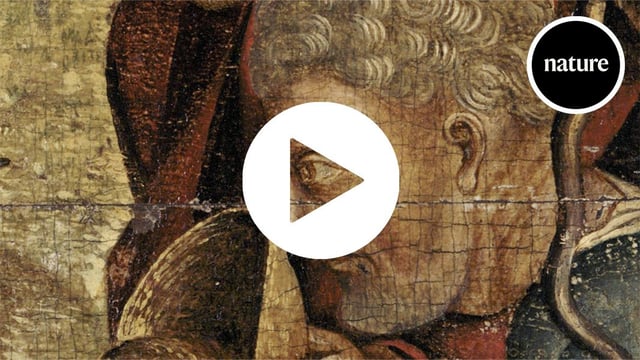Overview
- The method automatically mapped over 5,600 loss areas and matched 57,314 colors in just 3.5 hours, achieving about 66 times the speed of manual restoration
- A two-layer polymer sheet printed with white and color inks aligns precisely over a varnished canvas then adheres via a light varnish spray and can be peeled off with conservation solvents
- Digital files of each mask record every adjustment, giving future conservators an exact blueprint of the restoration work
- Suitability is limited to smooth, varnished paintings, making it ideal for sidelined or lower-value works that lack resources for traditional, lengthy treatments
- Developer Alex Kachkine emphasizes that professional conservators should oversee applications to address ethical questions about fidelity to an artist’s original style and intent



